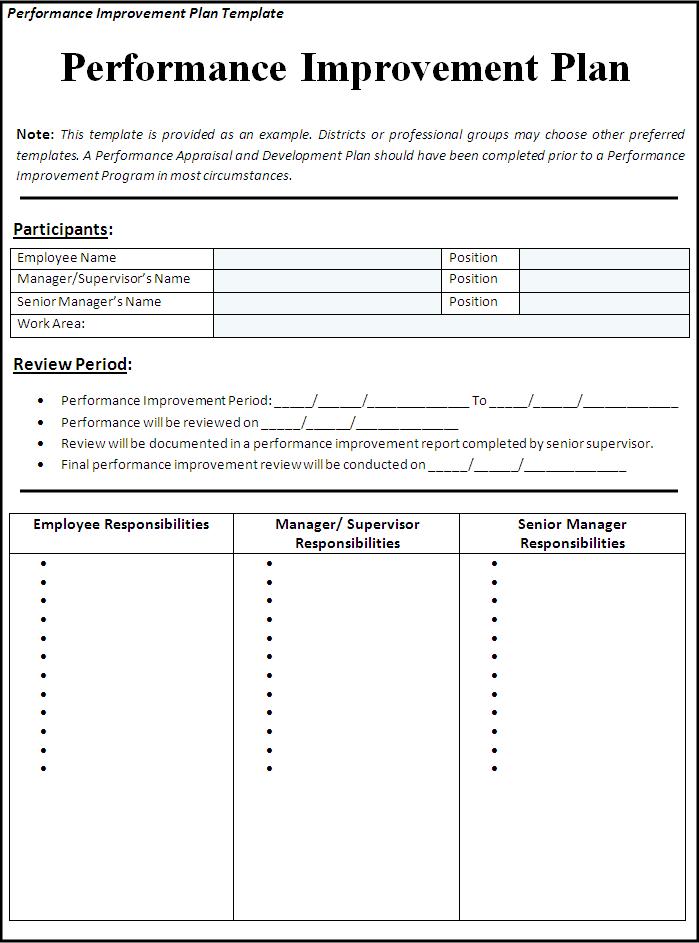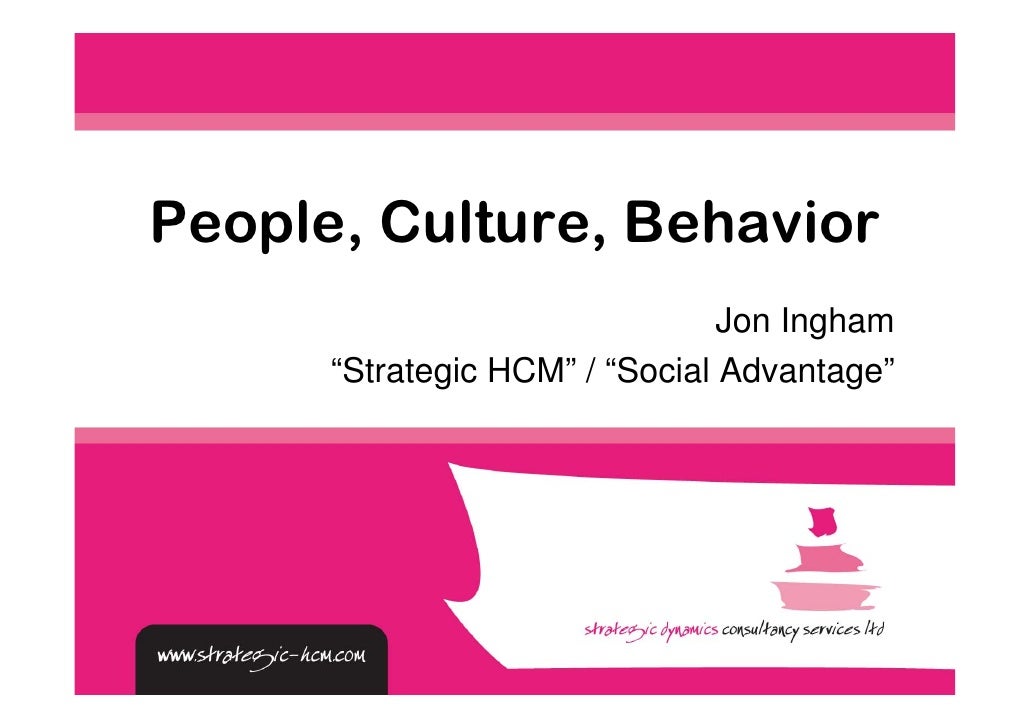Business Strategic Behavior Notes
This course examines the underlying economics of successful business strategy: the strategic imperatives of competitive markets, the sources and dynamics of competitive advantage, managing competitive interactions, and the organizational implementation of business strategy. The course combines case discussion and analysis (approximately two thirds) with lectures (one third). The emphasis is on the ability to apply a small number of principles effectively and creatively, not the mastery of detailed aspects of the theory. Grading is based on class participation and online case quizzes (35%), three case write-ups (25%) and a final group paper (40%). The course offers excellent background for all consultants, managers and corporate finance generalists.
Eli Ginzberg Professor of Finance and Economics; Chair of Economics Division Prior to joining the Columbia Business School faculty in July 2008, Wouter was an associate professor of economics at the University of Chicago, Graduate School of Business from 2005-2008, where he taught Competitive Strategy and Organizational Strategy. He earned a Bachelor in management and applied sciences from Katholieke Universiteit Leuven in 1997 and a Ph.D. In economics from Universite Libre de Bruxelles and Toulouse University.
Major Components of a Strategic Plan Strategic plans can come in many different shapes and sizes, but they all have the following components. The list below describes each piece of a strategic plan in the order that they’re typically developed.
Mission statement: The mission statement is an overarching, timeless expression of your purpose and aspiration, addressing both what you seek to accomplish and the manner in which the organization seeks to accomplish it. It’s a declaration of why you exist as an organization.
Vision statement: This short, concise statement of the organization’s future answers the question of what the company will look like in five or more years. Values statement or guiding principles: These statements are enduring, passionate, and distinctive core beliefs.
They’re guiding principles that never change and are part of your strategic foundation. SWOT: A SWOT is a summarized view of your current position, specifically your strengths, weaknesses, opportunities, and threats.
Competitive advantage: Your competitive advantage includes what you’re best at compared to the competition. Long-term strategic objectives: These long-term strategic focus areas span a three-year (or more) time horizon. They answer the question of what you must focus on to achieve your vision. Strategies: Strategies are the general, umbrella methods you intend to use to reach your vision. Short-term goals/priorities/initiatives: These items convert the strategic objectives into specific performance targets that fall within the one- to two-year time horizon. They state what, when, and who and are measurable. Action items/plans: These specific statements explain how a goal will be accomplished.

They’re the areas that move the strategy to operations and are generally executed by teams or individuals within one to two years. Scorecard: You use a scorecard to report the data of your key performance indicators (KPIs) and track your performance against the monthly targets. Financial assessment: Based on historical record and future projections, this assessment helps plan and predict the future, allowing you to gain much better control over your organization’s financial performance. Your Strategic Planning Framework Strategic planning has a basic overall framework. Not to oversimplify the strategic planning process, but by placing all the parts of a plan into the following three areas, you can clearly see how the pieces of your plan fit together:. Where are we now?

Game Theory And Strategic Behavior
Review your current strategic position and clarify your mission, vision, and values. Where are we going? Establish your competitive advantage and your vision. Clearly see the direction your organization is headed.
How will we get there? Lay out the road to connect where you are now to where you’re going. Set your strategic objectives, goals, and action items and how you’ll execute your plan. Tips for Better Strategic Planning Before you get too far into your strategic planning process, check out the following tips — your quick guide to getting the most out of your strategic planning process:. Pull together a diverse, yet appropriate group of people to make up your planning team. Diversity leads to a better strategy.
Strategic Behavior Approach
Bring together a small core team — between six and ten people — of leaders and managers who represent every area of the company. Allow time for big-picture, strategic thinking. People tend to try to squeeze strategic planning discussions in between putting out fires and going on much needed vacations. But to create a strategic plan, your team needs time to think big. Do whatever it takes to allow that time for big-picture thinking (including taking your team off-site). Get full commitment from key people in your organization. You can’t do it alone.
If your team doesn’t buy in to the planning process and the resulting strategic plan, you’re dead in the water. Encourage the key people to interact with your customers about their perception of your future and bring those views to the table. Allow for open and free discussion regardless of each person’s position within the organization. (This tip includes you.) Don’t lead the planning sessions. Hire an outside facilitator, someone who doesn’t have any stake in your success, which can free up the conversation. Encourage active participation, but don’t let any one person dominate the session. Think about execution before you start.
It doesn’t matter how good the plan is if it isn’t executed. Implementation is the phase that turns strategies and plans into actions in order to accomplish strategic objectives and goals. The critical actions move a strategic plan from a document that sits on the shelf to actions that drive business growth. Use a facilitator, if your budget allows. Hire a trained professional who has no emotional investment in the outcome of the plan. An impartial third party can concentrate on the process instead of the end result and can ask the tough questions that others may fear to ask. Make your plan actionable.
To have any chance at implementation, the plan must clearly articulate goals, action steps, responsibilities, accountabilities, and specific deadlines. And everyone must understand the plan and his individual role in it. Don’t write your plan in stone. Good strategic plans are fluid, not rigid and unbending. They allow you to adapt to changes in the marketplace.
Dec 5, 2017 - Here's the forum post that directs to the download link. Jun 11, 2011 - The Apolyton Call to Power 2 Source Code Project: Welcome and Download! On 28 October 2003, Activision released the source code. Call to power 2 apolyton download.

Don’t be afraid to change your plan as necessary. Clearly articulate next steps after every session. Before closing the strategic planning session, clearly explain what comes next and who’s responsible for what. When you walk out of the room, everyone must fully understand what he’s responsible for and when to meet deadlines.
Make strategy a habit, not just a retreat. Review the strategic plan for performance achievement no less than quarterly and as often as monthly or weekly. Focus on accountability for results and have clear and compelling consequences for unapproved missed deadlines.
Check out examples. Although you can’t borrow someone else’s strategy, you can find inspiration and ideas from the examples of others. Here is one website with a catalog of example strategic plans by industry:. Check it out for quick access to ideas. Strategic Planning Pitfalls to Avoid Strategic planning can yield less than desirable results if you end up in one of the possible planning pitfalls.
To prevent that from happening, here’s a list of the most common traps to avoid:. Not having a burning platform: Fundamentally, organizations don’t have to have a strategic plan.
Really, they don’t. Yes, you’ll run a better operation and, yes, a strategic plan is an outstanding management tool. But you and everyone on your team needs to agree on why this effort is important. What’s your burning platform that’s causing you to invest in this effort now?. Relying on bad info or no info: A plan is only as good as the information it’s based on. Too often, teams rely on untested assumptions or hunches, erecting their plans on an unsteady foundation.
Ignoring what your planning process reveals: Planning isn’t magic: You can’t always get what you want. The planning process includes research and investigation. Your investigation may yield results that tell you not to go in a certain direction. Don’t ignore that information!.
Being unrealistic about your ability to plan: Put planning in its place. It takes time and effort to plan well. Some companies want the results but aren’t willing or able to make the investment.
Be realistic about what you can invest. Find a way to plan that suits your available resources, which include your time, energy, and money. Planning for planning’s sake: Planning can become a substitute for action. Don’t plan so much that you ignore the execution. Well-laid plans take time to implement, and results take time to yield an outcome.
Not having your house in order first: Planning can reveal that your house isn’t in order. When an organization pauses to plan, issues that have been buried or put on the back burner come to the forefront and can easily derail its planning efforts. Make sure your company is in order and no major conflicts exist before you embark on strategic planning.
Copying and pasting: Falling in to the trap of copying the best practices of a company similar to yours is easy. Although employing best practices from your industry is important, other organizations’ experiences aren’t relevant to your own. Organizations are unique, complex, and diverse. You need to find your own path instead of following a cookie-cutter approach. Ignoring your culture and organizational readiness: Strategy and culture are intimately intertwined. Ignore this fact at your peril.
Culture eats strategy for lunch (and dinner if you’re not careful). With that in mind, adapt your planning to fit what you know works for your organizational rhythm, ethos, and needs right now. A big pitfall — the biggest actually — is not fitting the process to your organizational needs. Consider a simpler process or one that’s more robust.